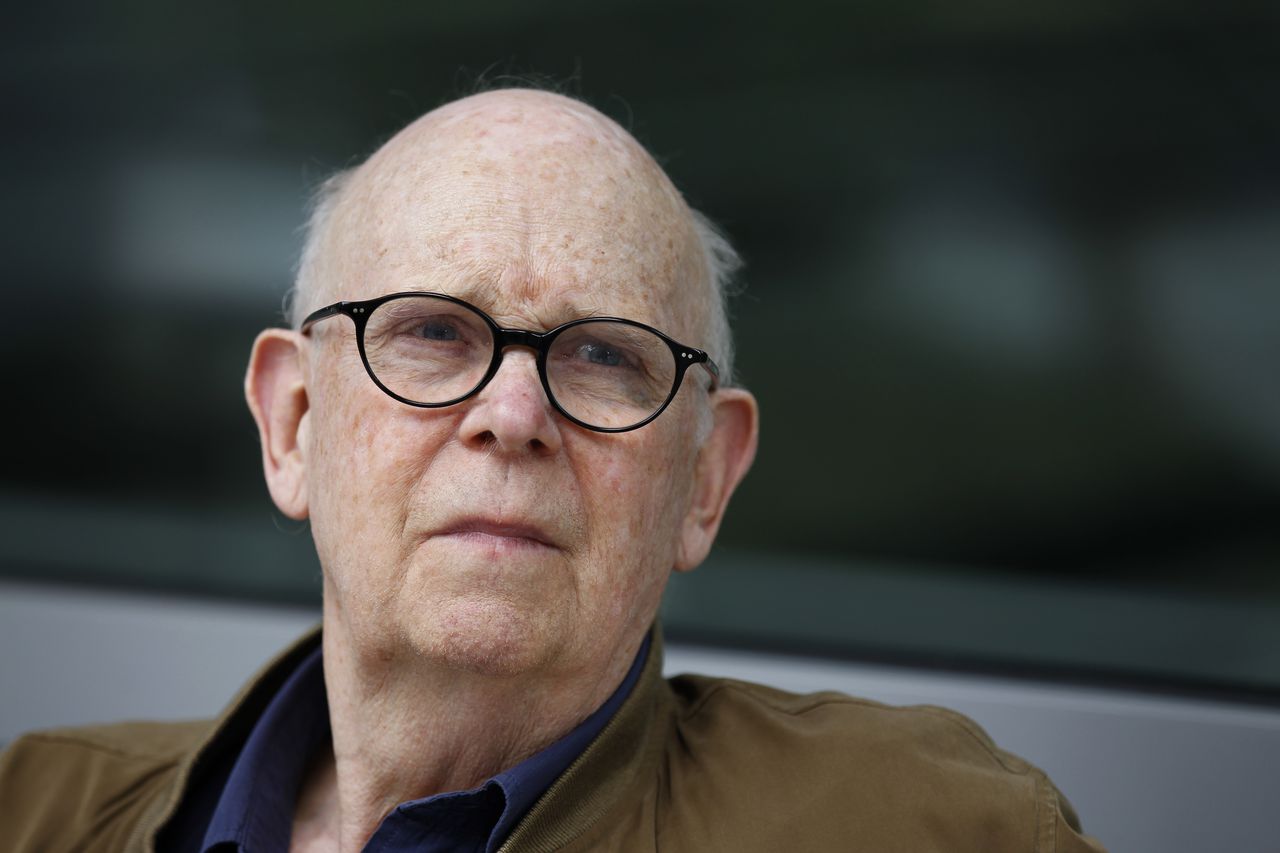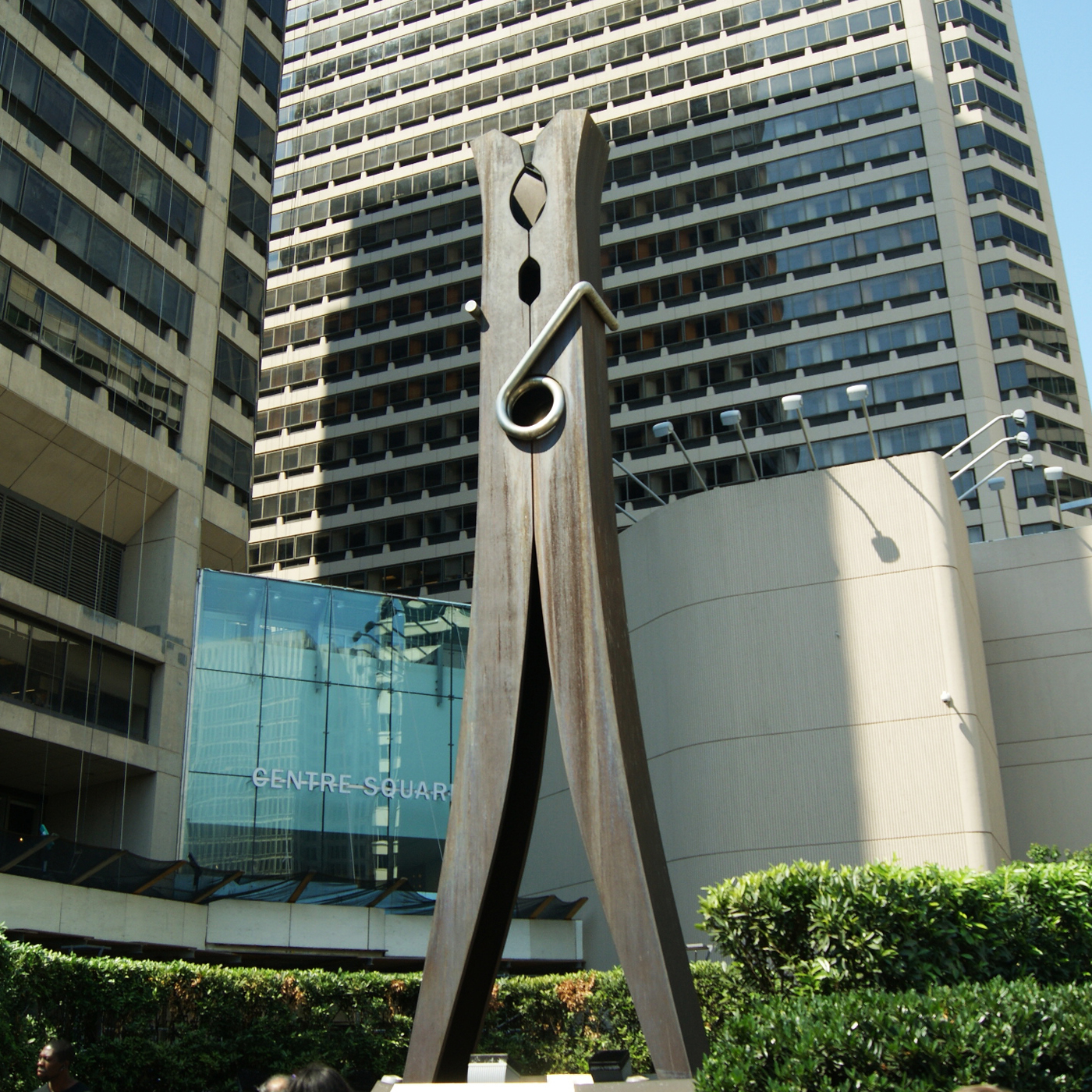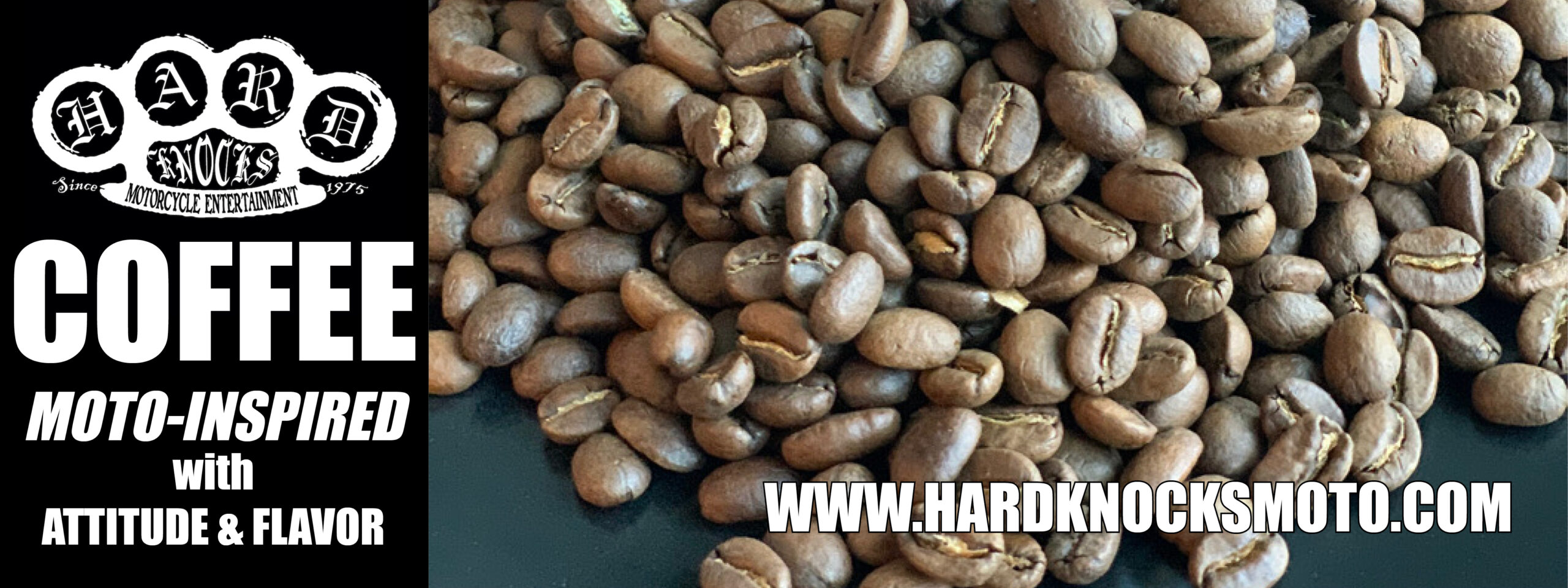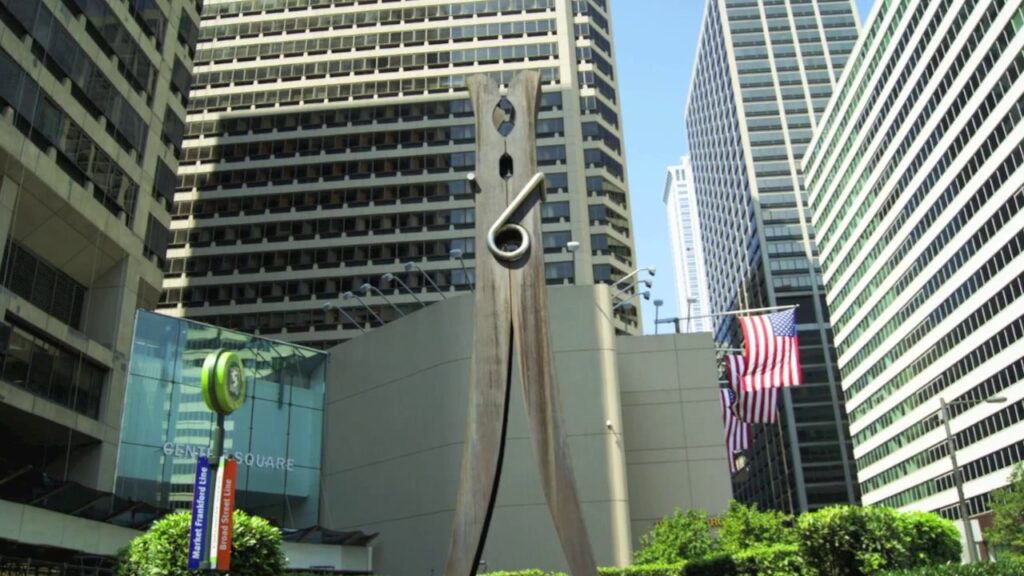
The artist and creator of the “Clothespin” sculpture, Claes Oldenburg, will have a lasting impact on the city of Philadelphia.
There are many physical icons connected to Philadelphia. The knotted soft pretzel. The over-flowing cheesesteak. All things Rocky. The angry fan faces at Phillies and Eagles games. One Philly-physical icon, less vicious and fattening, however, came from the hands and mind of Swedish-born Pop artist Claes Oldenburg, Building upon the Dadaist ideals of another Philadelphia icon – Marcel Duchamp, whose readymade art pieces such as his urinal and marble sugar cubes – and what was supposedly an interest with kitsch and lowbrow culture, developed and built one of this town’s most endearing symbols near City Hall and its primary subway stop: the Clothespin.

Claes Oldenburg died Monday morning in Manhattan, in fading health since an accident with his hip. What will never fade is Oldenburg’s coolly funny way with ironic distance, his appreciation for camp, and his love of Duchamp.
First famous for East and West Coast art events such as the multi-discipline “Happenings” and soft sculptures made out of vinyl polymers, Claes Oldenburg brought his 45-foot steel clothespin to Philadelphia’s City Hall in 1976, just in time for the Bicentennial, with the thought of evoking Constantin Brancusi’s “The Kiss” into his steel display with its two separate halves facing each other in a similar manner to Brancusi’s lovers.

Commissioned in 1974 by developer Jack Wolgin, as part of the Philadelphia Redevelopment Authority’s art program (and not Mayor Frank Rizzo, as long thought), the reddish-brown “Clothespin” even has a silvery steel “spring” coil between the two-textured work meant to signify the numerals “76”, for our Bicentennial celebration.
Next time you ask someone to meet you at “Clothespin,” blow a kiss to Claes.

About Post Author
Discover more from dosage MAGAZINE
Subscribe to get the latest posts sent to your email.

